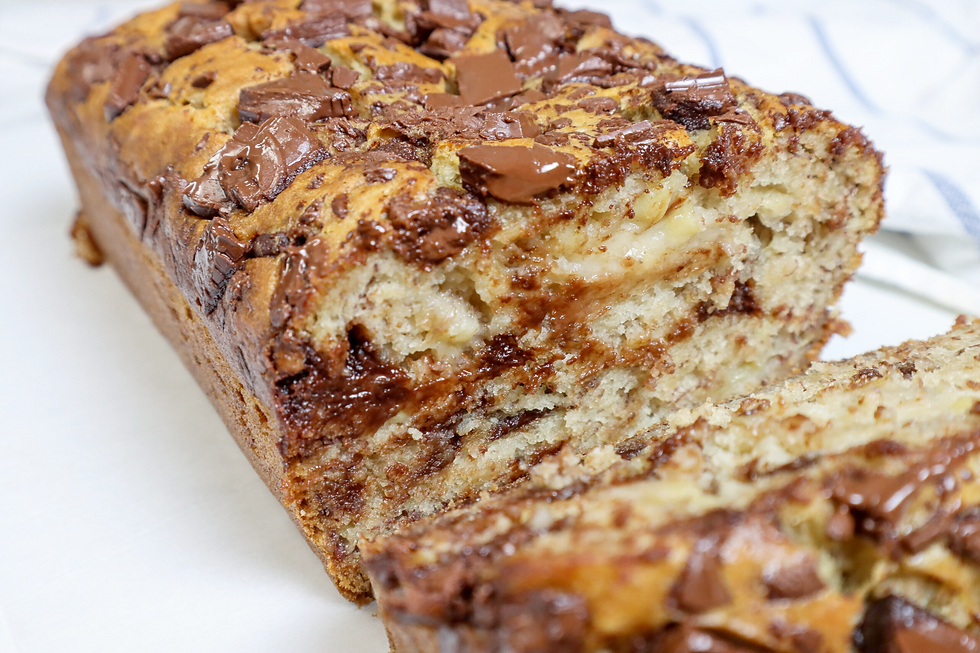🧠 Understanding Visceral Fat: What It Is & Why It Matters
- Brian and Rita Dakolios

- Aug 10
- 3 min read

Visceral fat is more than just a number on the scale or a few extra inches around your waist. It’s the fat stored deep within your abdominal cavity, surrounding vital organs like your liver, pancreas, and intestines — and it plays a critical role in your health.
⚠️ Why Visceral Fat Matters
Unlike subcutaneous fat (the fat under your skin), visceral fat is biologically active. It can:
Disrupt hormone function
Increase insulin resistance
Elevate inflammation
Raise the risk for conditions like heart disease, type 2 diabetes, and metabolic syndrome
That’s why targeting visceral fat is less about aesthetics and more about long-term health.
📈 Why Does Visceral Fat Increase?
Visceral fat tends to accumulate due to a combination of lifestyle, hormonal, and environmental factors. Here are the most common contributors:
Chronic stress: Elevated cortisol levels encourage fat storage in the abdominal area. Think constant stress from work or home life, carrying too much body fat, constant under or over eating, chronic pain, etc.
Poor sleep: Disrupted circadian rhythm impacts metabolism and fat distribution. Do you have a set bed time and routine or do you scroll on your phone until you fall asleep?
Low muscle mass: Less muscle means a lower metabolic rate and reduced insulin sensitivity, both of which can increase visceral fat.
Highly processed diets: Refined carbs and industrial oils (canola, sunflower, cottonseed, safflower, corn, soybean) drive inflammation and fat accumulation.
Hormonal shifts: Menopause, andropause, and other hormone fluctuations can change fat storage patterns.
Sedentary lifestyle: Lack of movement contributes to poor metabolic flexibility and insulin resistance.
Visceral fat is often a response to modern stressors — including lack of movement, poor food quality, and chronic sleep deprivation.
🔄 Lifestyle Shifts That Help
Burn Visceral Fat
You can’t spot-reduce fat, but you can shift your internal environment to stop storing it and start burning it.
🔹 Strength Training
Build lean muscle to improve insulin sensitivity and resting metabolic rate.

🔹 Protein Prioritization
A higher-protein diet helps regulate hunger hormones and supports muscle mass.
🔹 Sleep Hygiene
7–9 hours per night with consistent sleep/wake times reduces cortisol and supports hormone regulation.
🔹 Walking & Zone 2 Cardio
Regular low-intensity cardio helps tap into fat stores and improves metabolic health.
🔹 Whole Food Nutrition
Ditch the ultra-processed foods in favor of meals rich in fiber, healthy fats, and micronutrients. Do not know how or want to cook? We've got you covered. We prepare fresh, nutrient-dense, delicious meals for clients every Monday! Message to ask to be added to our mailing list.
🔹 Stress Management
Breathwork, sun exposure, boundaries, and time away from screens can all lower stress load.
🔹 Minimize Alcohol
Alcohol disrupts hormone function and increases fat storage.
🧪 Track Progress Beyond the Scale
InBody scans: Monitor visceral fat level, skeletal muscle mass, and body fat distribution.
Waist measurements: A waist circumference over 35 inches (women) or 40 inches (men) indicates elevated visceral fat risk.
Biofeedback: Track mood, energy, sleep, digestion, and cravings — they're internal indicators of how well your body is responding.
🔚 Final Takeaway
You don’t have to be shredded to be healthy — but keeping visceral fat in check is crucial for long-term vitality.
Consistency with nutrition, training, sleep, and recovery — not perfection — is what leads to sustainable change.
Consistent habits beat occasional effort — stay with it.







Comments